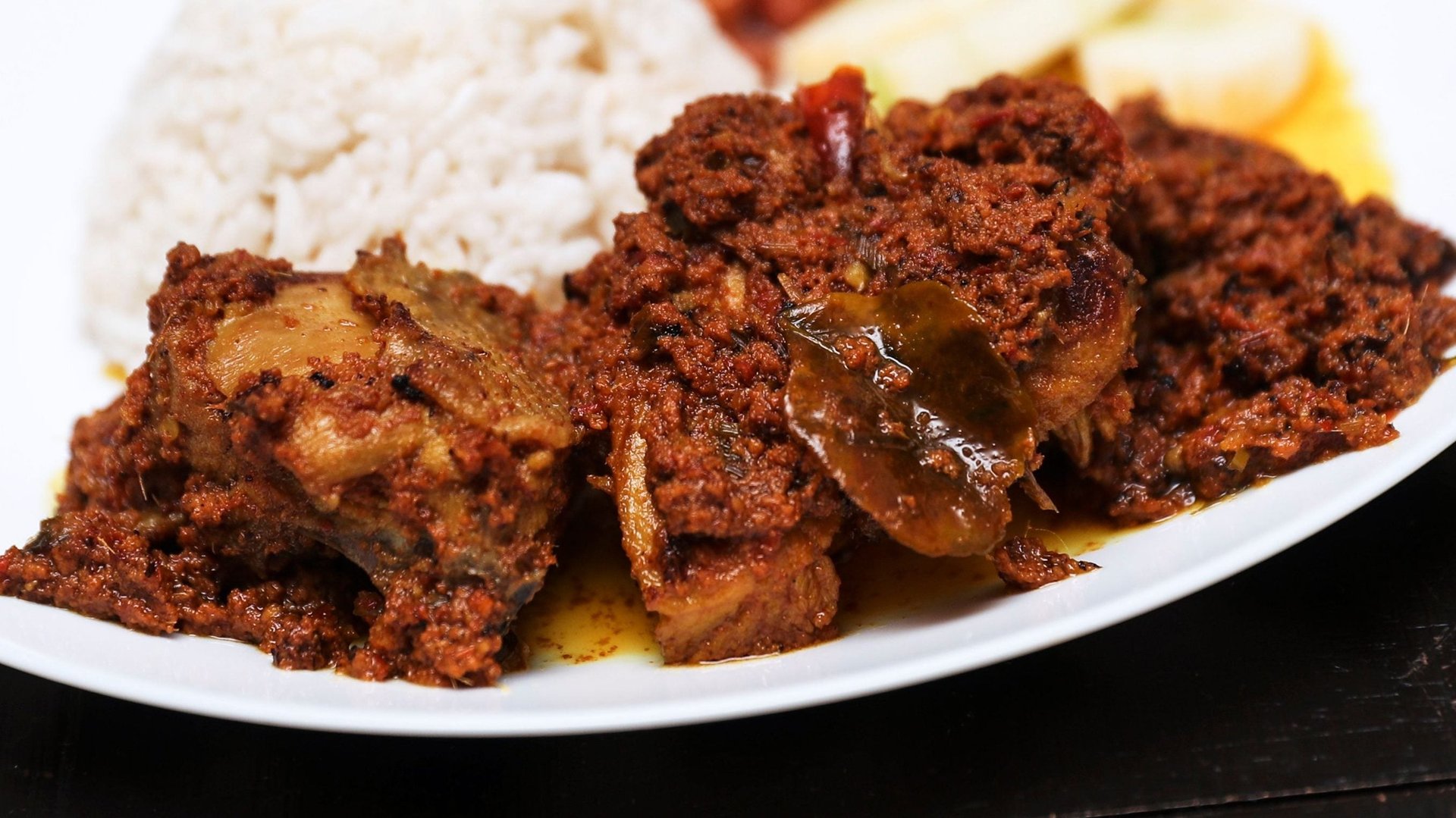A cooking show controversy over crispy chicken reveals the lack of culinary diversity on TV
Viewers in the UK have strong feelings about their cooking shows. So much so that bookies take bets on who will win the nation’s most beloved culinary competition, The Great British Bake Off.


Viewers in the UK have strong feelings about their cooking shows. So much so that bookies take bets on who will win the nation’s most beloved culinary competition, The Great British Bake Off.
Which is why the elimination of MasterChef UK contestant Zaleha Kadir Olpin sparked a major global controversy last week. Malaysia-born Olpin served judges John Torode and Gregg Wallace chicken rendang, a specific style of long-cooked meat stew common to Southeast Asia that combines spices and coconut milk. They told her that her chicken was subpar because the skin wasn’t crispy.
Malaysians, Indonesians and other lovers of rendang around the world, took to social media to correct the judges. This included Najib Razak, the Prime Minister of Malaysia, whose tweet translates from Malay to “Where are people eating ‘crispy’ chicken rendang?”
Demanding a crispy skin on rendang is like saying coq au vin needs crunch or that vieja ropa could use some char. Which is why as food media continues to expand—and cooking competitions along with it—judges need to find a way to know what they don’t know. And this means learning to more fully interact with food that is new to them, on camera.
This problem is not limited to MasterChef UK. The Big Family Cooking Show—another BBC amateur cook competition which The Guardian loathed, but I found delightful—visibly struggled to competently judge food across ethnic boundaries. The competitors were a diverse lot. Yet when judges Rosemary Shrager and Giorgio Locatelli—a British home cookery expert and an Italian chef—spoke about the curries and rice dishes prepared by the South Asian families, it was clear that they didn’t know how to properly contextualize that food.
A dynamic team of South Asian sisters, the Gangotras, were accused of “staying within their comfort zone” with their flatbreads, curries, and spiced meats, while Locatelli marveled at the bravery required when other families prepared pasta dishes for him to sample.
Likewise, when David Chang accompanies Fuchsia Dunlop, a white, British expert on Chinese food, to sample Chinese Imperial cuisine on his Netflix show Ugly Delicious, he fails to appreciate some very important elements of their meal. When he balks at sea cucumber and then spits out tendon, Dunlop tries to school him on what she calls “the pleasures of texture.” She then goes on to sympathetically tells him how long it took her to appreciate the subtleties of what some refer to as “Q texture“—the chewy, bouncy sometimes rubbery quality found in some savory and sweet Asian dishes. He still comes across as ill-informed and arrogant.
As contestants on cooking shows and the cuisines on food documentaries grow more diverse, judges, hosts and producers need to figure out how to ask the right questions. Watching Big Family host Nadiya Hussain—a GBBO winner of Bangladeshi descent who wears a headscarf—go to contestants homes was one of the highlights of the show. Children and grandmothers lined up to hug her, trembling with excitement. Hussain has been the target of racist abuse online, and has said that she sometimes felt like a token Muslim on the GBBO, but it’s clear in in post-colonial Britain, seeing her on screen was intensely meaningful for many viewers.
Representation in media matters, and to do that properly the resident culinary authorities need to understand what they don’t know. Along they way, they’ll learn to properly enjoy a tender rendang and ask whether the bouncy skin is traditional, maybe even a Q texture, and then judge accordingly. Otherwise, we’re headed for future of shatteringly crisp chicken skin controversies.